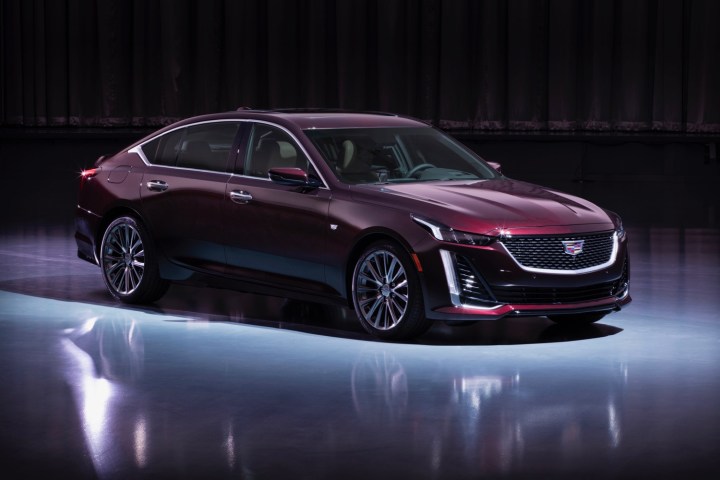
The array of infotainment and driver-assist features in new cars makes their electrical systems as important as engines, transmissions, and other mechanical bits. That’s why General Motors is giving its cars’ electronics a major overhaul, with a new “digital vehicle platform” designed to support more tech. The new electronics platform debuts in the 2020 Cadillac CT5, and should roll out to most other GM vehicles by 2023.
GM designed the new electronics platform to allow the proliferation of electric powertrains, more advanced infotainment and safety features, and the extension of its Super Cruise driver assist system to more models. Super Cruise, which takes over acceleration, steering, and braking under certain conditions on highways, debuted on the Cadillac CT6 but has been slow to transition to other cars.
The greater performance will help support more in-car tech. GM claims the new platform can process up to 4.5 terabytes of data per hour, which is five times more than the automaker’s current electrical architecture. It also features Ethernet connections of 100MBs, 1Gpbs, and 10Gbps for data transmissions both within the car and to outside sources.
GM is also enabling over-the-air (OTA) software updates. Tesla has shown the versatility of OTA updates, using them both to add new features and fix issues, but other automakers have been slower to adopt the technology. GM claims “nearly every system” will be updatable, including the control units for the engine, transmission, and telematics system. It’s unclear if GM will follow Tesla’s lead and use an OTA update to add classic Atari games to its cars, however.
Cars can now send and receive significant amounts of data, and like any connected device, cybersecurity is a concern. GM said it benchmarked “defense and aviation systems” in designing cybersecurity measures for its new cars, and used third parties to test them. GM noted that it already has an in-house cybersecurity team, as well as a software “bug bounty” program, similar to those used by many tech companies, which rewards software developers that expose vulnerabilities.
GM is in the midst of a transition. The automaker is cutting many vehicles from its lineup, closing factories, and cutting staff. But GM has said it’s all part of a plan to redirect resources toward the development of emerging technologies like electric cars and autonomous driving. The new electrical architecture will be one of the first concrete products of that shift.
Editors' Recommendations
- GM Cruise given nod to test fully driverless cars in San Francisco
- GM requests green light to ditch steering wheel in its self-driving cars
- GM’s Cruise autonomous car unit teams up with Humanmade on job training
- Cadillac confirms V-Series performance versions of the CT5 and CT4


